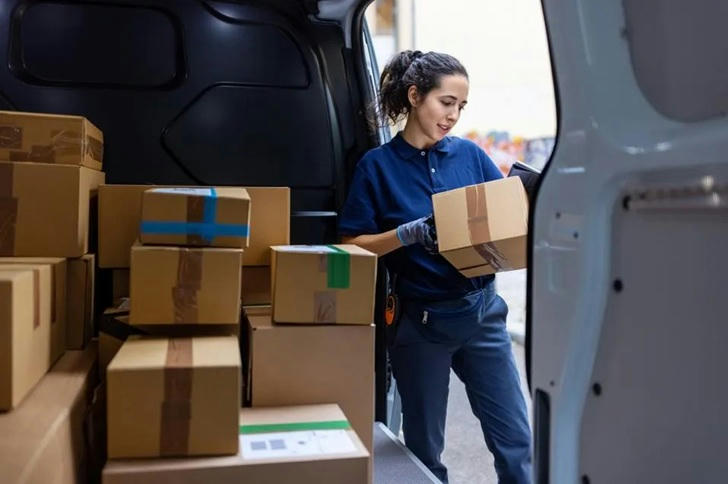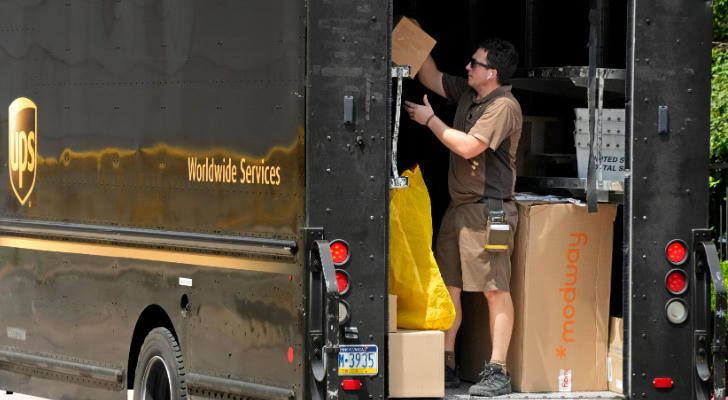Why Delivery Drivers Are Essential to the Supply Chain
Delivery drivers play a vital role in today’s complex supply chains. As the bridge between warehouses, manufacturers, retailers, and consumers, delivery drivers ensure goods reach their destinations efficiently and on time. With the continued rise of e-commerce and demand for fast shipping, their importance has grown significantly. This article explores the crucial responsibilities of delivery drivers, their impact on supply chain operations, and the challenges they face in maintaining smooth logistics.

The Role of Delivery Drivers in Supply Chains
Delivery drivers are the frontline workers who physically move products through various stages of the supply chain. Their responsibilities include loading and unloading cargo, navigating routes, handling delivery documentation, and communicating with customers or warehouse personnel. Unlike warehouse workers or logistics coordinators who operate behind the scenes, drivers ensure the last-mile delivery—the final step of getting products to customers or retail outlets.
This last-mile delivery is often the most expensive and complex part of supply chain logistics, involving coordination with multiple parties and overcoming urban traffic, weather conditions, and delivery time windows. Delivery drivers’ efficiency and reliability directly affect customer satisfaction and overall supply chain performance.
Types of Delivery Drivers
The delivery driver role encompasses several categories, depending on the cargo and delivery distances:
Local Delivery Drivers: Usually operate within a city or metropolitan area, delivering parcels, groceries, or restaurant orders. They often use smaller vehicles such as vans or trucks.
Long-Haul Truck Drivers: Transport large shipments over long distances, sometimes crossing states or countries. These drivers typically operate large tractor-trailers and are responsible for securing cargo during transit.
Courier and Express Delivery Drivers: Handle urgent or time-sensitive deliveries, often working for courier companies specializing in express services.
Each type requires different skill sets and training but shares the responsibility of timely and safe deliveries.
Essential Skills and Requirements
Delivery drivers need a combination of technical and soft skills to perform their duties effectively:
Driving Skills and Licensing: A valid driver’s license is mandatory, often with additional endorsements for commercial vehicles. Drivers must demonstrate excellent vehicle handling and safety awareness.
Time Management: Managing delivery schedules and routes efficiently is crucial to meet tight deadlines and optimize fuel use.
Customer Service: Drivers frequently interact with customers, requiring good communication skills, professionalism, and the ability to handle disputes or special requests diplomatically.
Physical Fitness: Loading and unloading packages can be physically demanding. Drivers need sufficient strength and endurance to handle their workload safely.
Navigation and Technology Use: Modern delivery drivers often rely on GPS devices, mobile apps, and electronic proof-of-delivery systems to optimize routes and record deliveries.
Impact on Business and Economy
Delivery drivers contribute significantly to the efficiency of supply chains, which directly impacts businesses’ operational costs and customer satisfaction. Fast, reliable delivery builds consumer trust and drives repeat business, especially in sectors like retail and food services.
Moreover, delivery drivers support local economies by enabling small businesses to reach wider markets without maintaining costly storefronts. This accessibility promotes entrepreneurship and economic inclusivity.
From a macroeconomic perspective, efficient delivery networks underpin global trade and consumer spending. Interruptions in driver availability or delivery capacity can lead to supply bottlenecks, inventory shortages, and increased costs, as witnessed during global disruptions like the COVID-19 pandemic.

Challenges Faced by Delivery Drivers
Despite their critical role, delivery drivers face various challenges:
Long Hours and Fatigue: Many drivers work extended shifts to meet demand, increasing fatigue risks and potential safety issues.
Traffic and Environmental Conditions: Navigating congested urban areas or adverse weather adds complexity and stress to their work.
Safety Concerns: Drivers may encounter road hazards, theft risks, or aggressive customers, necessitating awareness and safety protocols.
Regulatory Compliance: Keeping up with transportation regulations, hours-of-service limits, and vehicle maintenance standards requires constant attention.
Job Stability and Compensation: Some delivery roles are contract-based or gig economy positions, which can lead to income instability and lack of benefits.
Addressing these challenges requires coordinated efforts from employers, policymakers, and industry stakeholders to improve working conditions, implement technology aids, and offer training and support.
Future Trends Affecting Delivery Drivers
The delivery landscape is evolving rapidly, influenced by technological advances and shifting consumer expectations:
Automation and Robotics: Autonomous delivery vehicles and drones are being tested to supplement human drivers, potentially reducing labor demands but raising new logistical and regulatory questions.
Electric Vehicles: The adoption of electric delivery vans and trucks is gaining momentum, supporting environmental goals but requiring drivers to adapt to new vehicle technologies.
Data-Driven Route Optimization: Enhanced software tools help drivers follow optimal routes, reducing delivery times and fuel consumption.
Increased Demand for Speed: Same-day and even one-hour deliveries are becoming standard in some markets, intensifying pressure on drivers and supply chains.
While these trends offer efficiency gains, they also call for ongoing training and adjustment by delivery professionals.

Conclusion
Delivery drivers remain an indispensable component of modern supply chains, connecting production with consumption across local and global scales. Their work ensures that goods arrive safely, on time, and in good condition, sustaining business operations and consumer lifestyles. Although the role presents challenges, including physical demands and regulatory complexity, delivery drivers’ contributions are critical to economic stability and growth. As supply chains continue to evolve with technology and market shifts, delivery drivers will adapt and remain central to efficient logistics networks. Recognizing and supporting this workforce is essential for maintaining robust, responsive supply chains now and in the future.
